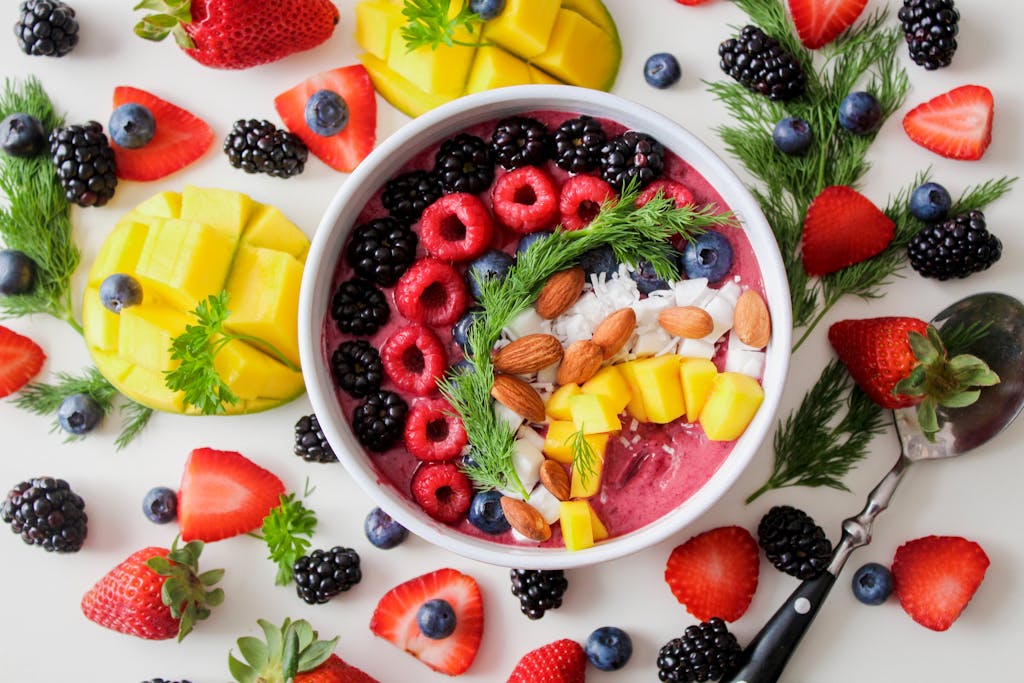Aloe Vera Juice: What Makes It Good for You?
This Post Contains Affiliate Links. Please Read Our Disclosure for Full Information.
Okay, I gotta be real with you—I wasn’t a huge fan of aloe vera juice at first, but after trying it for a few weeks, it’s become a must-have in my daily routine.
From digestion to hydration, this stuff has changed the way I feel day-to-day, and now I can’t imagine my wellness routine without it.
Here’s why you should totally consider adding it to your life!
The Power-Packed Nutrients of Aloe Vera Juice ⚡️
Aloe vera juice is packed with good stuff—vitamins A, C, E, and B12, plus minerals like calcium, magnesium, and potassium.
It’s low in calories, sugar-free, and naturally hydrating. I first tried Seven Minerals Organic Aloe Vera Gel, and honestly, it was a total game-changer.
After Using it for a week, I noticed I felt way more energized and my skin was looking way brighter. It’s like my body was getting all the goodness it needed.
Aloe Vera Juice for Digestive Health 🌿
For me, the biggest win with aloe vera juice has been the digestive boost. I’ve always struggled a little with digestion, but since adding aloe vera juice to my routine, it’s been a game-changer.
It’s soothing on my stomach, helps with occasional bloating, and makes digestion feel smoother. I’ve even noticed fewer heartburn issues. 🧘♀️
Balance gut health—a must for a happy tummy.
Ease acid reflux by calming your esophagus.
Promote regularity (because, who doesn’t want to feel regular?).
Hydration Like Never Before 💧
I’ve always struggled with staying hydrated, but aloe vera juice makes it so much easier. Packed with electrolytes, it’s my go-to after workouts or those long, hot days.
No more sugary drinks or feeling sluggish—just pure, clean hydration. It’s my secret weapon for staying refreshed and energized throughout the day! 😎
Pro Tip: I love adding aloe vera juice to my morning smoothies—it’s a refreshing, hydrating treat!
Glowing Skin and Shiny Hair from the Inside Out ✨
Here’s where aloe vera juice really surprised me. After a couple of weeks of drinking it, I noticed my skin was looking more hydrated and glowing.
I mean, I wasn’t expecting that! I even started using Aloderma 99% Organic Aloe Vera Gel for my face and body, and it’s been amazing for soothing and moisturizing my skin, especially after long days in the sun.
As for my hair, it feels shinier and healthier, and I swear I’ve had fewer split ends since incorporating aloe into my routine. It’s like a beauty secret in a bottle!
Detoxification Made Easy 🌱
One of the things I really love about aloe vera juice is that it’s a gentle detox. It’s like a daily reset that helps my liver and kidneys do their thing without any harsh cleanses or feeling off.
I’ve been using it as a natural detoxifier, and I’ve felt more energized overall. If you’re looking for an easy way to help your body flush out toxins, I definitely recommend giving aloe vera juice a try!
How to Add Aloe Vera Juice to Your Day 🕑
I’ve found that the easiest way to drink aloe vera juice is to start my day with a glass mixed with water. It’s such a refreshing way to wake up my system and get my digestion going.
If you’re not a fan of drinking it straight, you can always add it to smoothies—especially if you mix it with fresh fruit for that sweet, hydrating punch!
Conclusion 🌟
Honestly, adding aloe vera juice to my routine has been one of the best wellness decisions I’ve made. It’s helped with everything from hydration and digestion to glowing skin and shiny hair.
If you’re looking for a natural boost to your health and beauty routine, aloe vera juice is the way to go. And trust me, once you try it, you’ll be hooked too!









